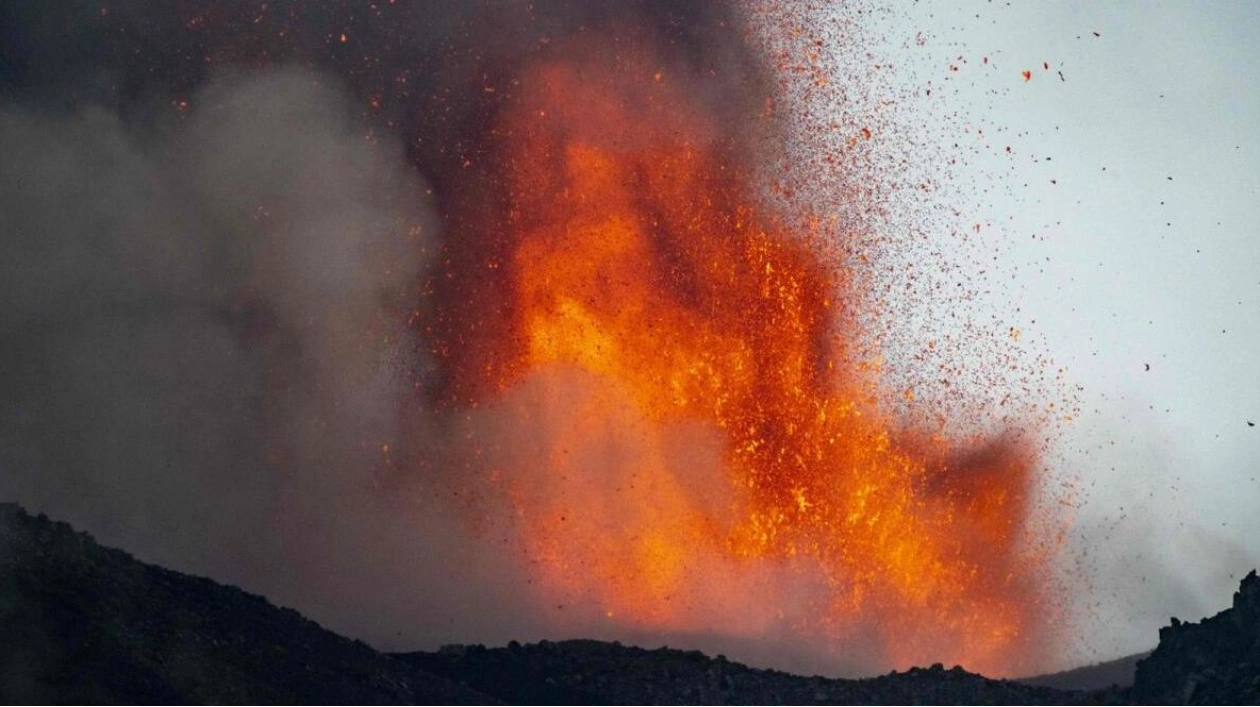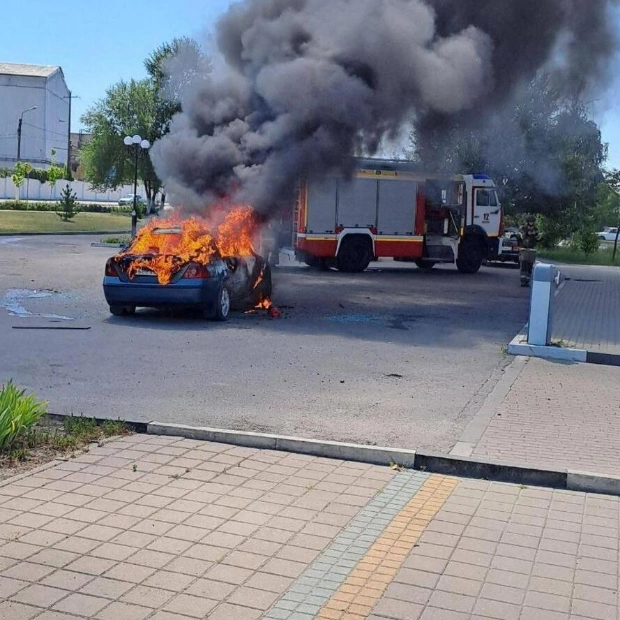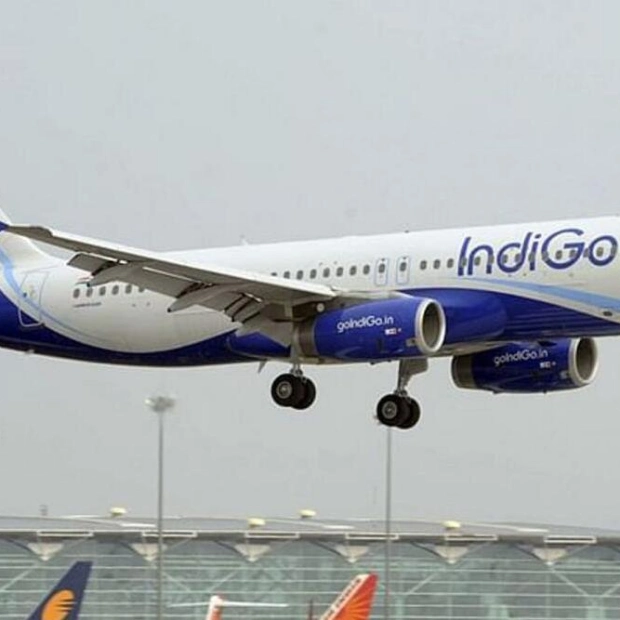A volcano in southwestern Iceland erupted on Thursday, according to the meteorological office, spewing red-hot lava and smoke in its sixth outbreak since December. The total length of the fissure was about 3.9km (2.42 miles) and had extended by 1.5km in about 40 minutes, the Icelandic Met Office, which is tasked with monitoring volcanoes, said in a statement.
"The impact is limited to a localised area near the eruption site. It does not present a threat to life, and the area nearby was evacuated," Iceland's Ministry for Foreign Affairs said on social media platform X. The lava was not flowing towards the nearby Grindavik fishing town, whose nearly 4,000 residents have been mostly evacuated since November, the Met office said. Flights were unaffected, Reykjavik's Keflavik Airport said on its web page.
Studies had shown magma accumulating underground, prompting warnings of new volcanic activity in the area located just south of Iceland's capital Reykjavik. The most recent eruption on the Reykjanes peninsula, home to some 30,000 people or nearly 8 per cent of the country's total population, ended on June 22 after spewing fountains of molten rock for 24 days.
The eruptions show the challenge faced by the island nation of nearly 400,000 people as scientists warn that the Reykjanes peninsula could face repeated outbreaks for decades or even centuries. Since 2021, there have been nine eruptions on the peninsula, following the reactivation of geological systems that had been dormant for 800 years. In response, authorities have constructed man-made barriers to redirect lava flows away from critical infrastructure, including the Svartsengi geothermal power plant, the Blue Lagoon outdoor spa and the town of Grindavik.
Grindavik, home to one of Iceland's key fishing ports and nearly 4,000 people, has been largely abandoned since late last year when residents were first ordered to evacuate. Volcanic outbreaks in the Reykjanes peninsula are so-called fissure eruptions, which do not usually disrupt air traffic as they do not cause large explosions or significant dispersal of ash into the stratosphere. Iceland, which is roughly the size of the US state of Kentucky, boasts more than 30 active volcanoes, making the north European island a prime destination for volcano tourism, a niche segment that attracts thrill seekers.






